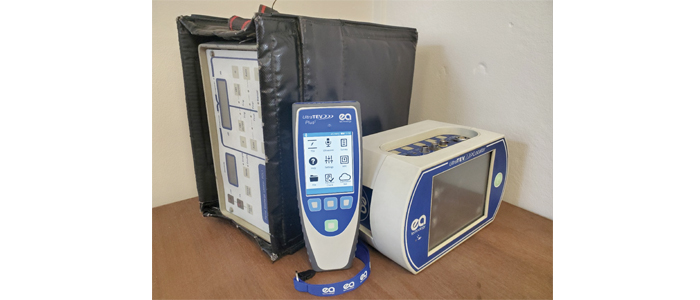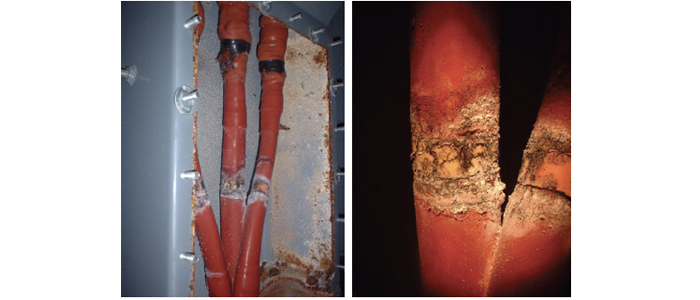- +61 7 3374 2877
- Email Us
New Zealand’s pioneering commercial PD testing service was launched midway through 1998, a time when many of us were likely still using dialup at home to connect to the World Wide Web and smartphones with touch screens were still just a twinkle in the eye of the late Steve Jobs.
In fact it would take almost another 10 years for Apple to release the first iPhone reminding us of the rapid advances in technology since the early 2000’s, and just how much of this progress has become embedded into our everyday lives.
Greg Linton was ‘in on the ground floor’ as Hamer Technology’s Field Services Technician before purchasing the business and rebranding to HV Diagnostic Services Limited in July 2004. In those early days he got about the country with EA Technology’s Partial Discharge Locator together with the separate, and equally unwieldly Detectaids T950 Ultrasonic Detector.
Right from day one the local, specialised offering has been built in partnership with the knowledge and experience of UK Headquartered EA Technology, recognised for their world-leading expertise in electrical assets and management thereof, award winning diagnostic instruments & technical services and expert consultancy. Initially tethered to Capenhurst, Chester the company now has a global presence with key people in 4 regional offices supported by over 25 International Distributors.
So with more than 20 years dedicated to the Electricity Supply Industry including on the majority of New Zealand Distribution Networks, Large HV Industrial Consumers and Generation sites, let’s take a look back at the technology along with some of the significant success’s along the way.

TEV in 2000
So, starting at the beginning with the Partial Discharge Locator and one of our most enduring finds. The PDL1 measured TEV, just Amplitude (no pulse counts or fancy PRPD here) but with the addition of the second probe and time of flight circuitry could determine the signal direction allowing the actual source to be pinpointed through comparison of signal arrival times. This switchboard was 1988 South Wales which included HG12 Vacuum breakers, with one of the seven feeders displaying both elevated Switch Tank and Termination Box, 20dBmV above the Background and significantly higher than its peers. Double probing indicated the Termination Box was the source so despite its outwardly excellent appearance an outage was arranged. A box designed for compound but fitted with an Air-spaced Termination and gasketed ‘shut’ can sometimes develop into a problematic combination, in this case exacerbated by the coloured phase markings, their position and non-rated material ultimately responsible. This was detected during a routine survey allowing contractors to remedy and the Asset owner to avoid a certain failure.
Ultrasonic in the Islands
By 2014 we’d already been using the second-gen UltraTEV Locator for several years, an instrument considerably smaller and lighter than its predecessor but which also combined both TEV and Ultrasonic detection, plus function checking capability into a single package. Other improvements were the colour touch screen control, Pulse per cycle measurement and Severity calculation for TEV discharge, and this instrument also added a RFCT sensor for use on cables for the first time. A full suite of Ultrasonic accessories included a magnetic contact probe allowing assessment of sealed chambers where no air gap existed, and this could’ve been useful to us back in 2000. Here HV Diagnostic Services goes International assisting in the Pacific Islands to locate the source of an ozone smell within a critical Substation at the main Generation plant in the Nation’s Capital
(Oct 2014 back issue, https://hvds.co.nz/wp-content/uploads/2020/11/hvds-pacific-2.pdf).
This defect displays impressive electrical treeing and erosion of the insulation surface as discovered on their in-service equipment. The Network Operator was naturally delighted with the outcome and this particular epoxy-resin component is proudly part the HVDS collection of PD artefacts gathered over the years.
